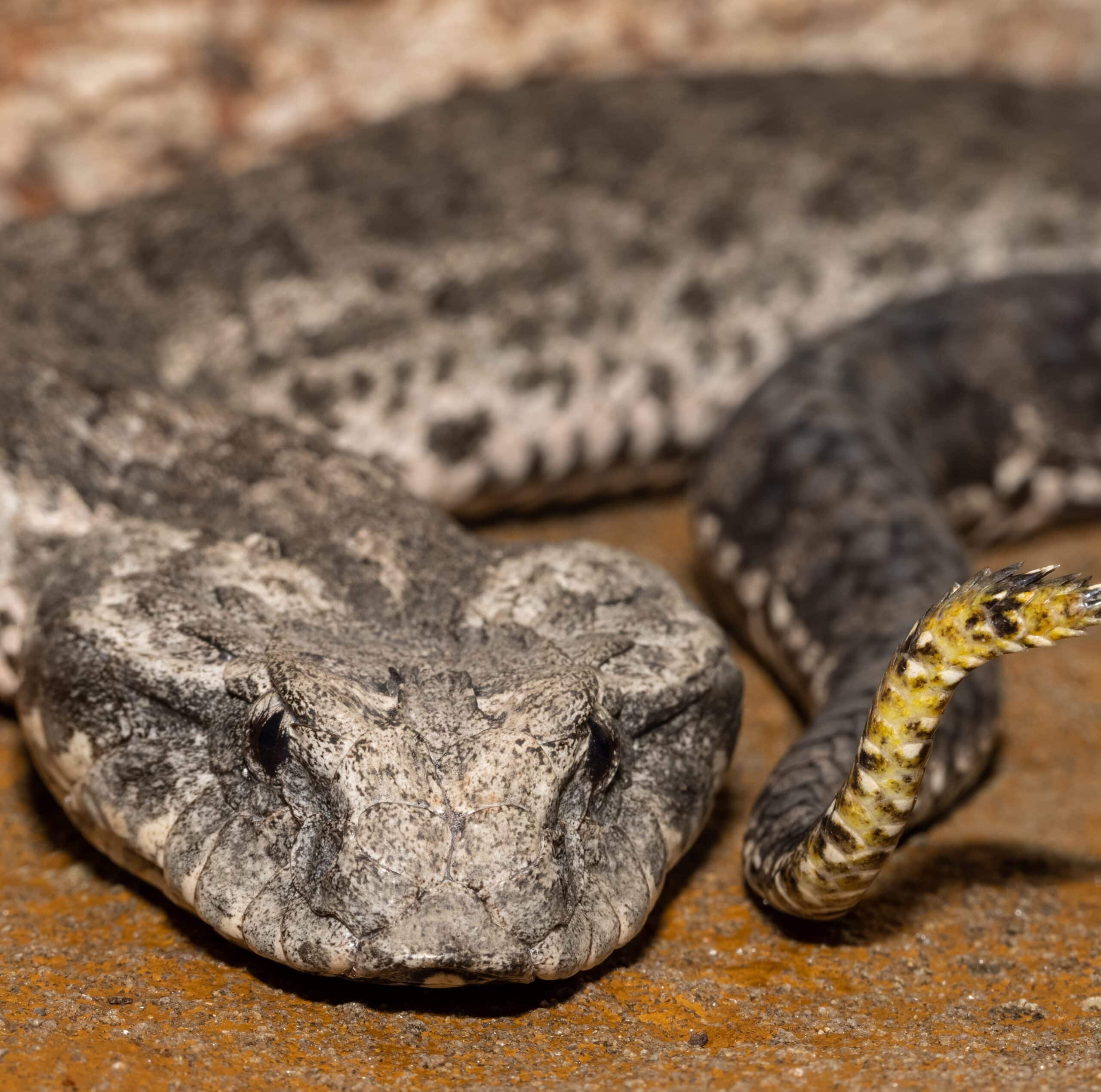Venomous snakes have long captivated human imagination, inspiring both fear and fascination. While we readily attribute emotions to mammals like dogs and cats, the emotional lives of reptiles—particularly venomous snakes—remain mysterious to most people. The cold, unblinking stare of a cobra or the defensive posture of a rattlesnake prompts us to wonder: are these behaviors merely instinctual responses, or do they reflect something deeper? This article explores the fascinating question of whether venomous snakes experience emotions, examining the scientific evidence, behavioral observations, and what modern research reveals about reptilian cognition. As we venture into this complex territory, we’ll discover that the answer isn’t as straightforward as we might expect, challenging our preconceptions about these remarkable creatures.
Understanding Reptilian Brains
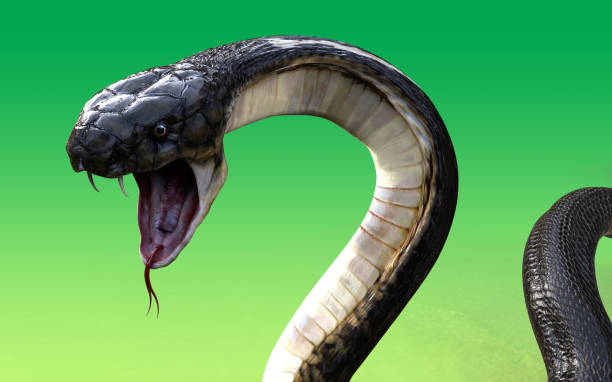
To explore whether venomous snakes experience emotions, we must first understand their neural architecture. Snake brains differ significantly from mammalian brains, lacking a neocortex—the brain region that mammals use for higher cognitive functions and complex emotional processing. Instead, snakes possess a relatively simple brain structure primarily focused on survival functions, with enlarged sections dedicated to sensory processing and hunting behaviors. The reptilian brain contains structures like the amygdala and hippocampus, which in mammals play roles in emotional responses and memory formation. However, these structures are organized differently in reptiles and may serve somewhat different functions. This fundamental biological difference has led many scientists to question whether snakes can experience emotions in ways that would be recognizable to humans.
The Scientific Definition of Emotion
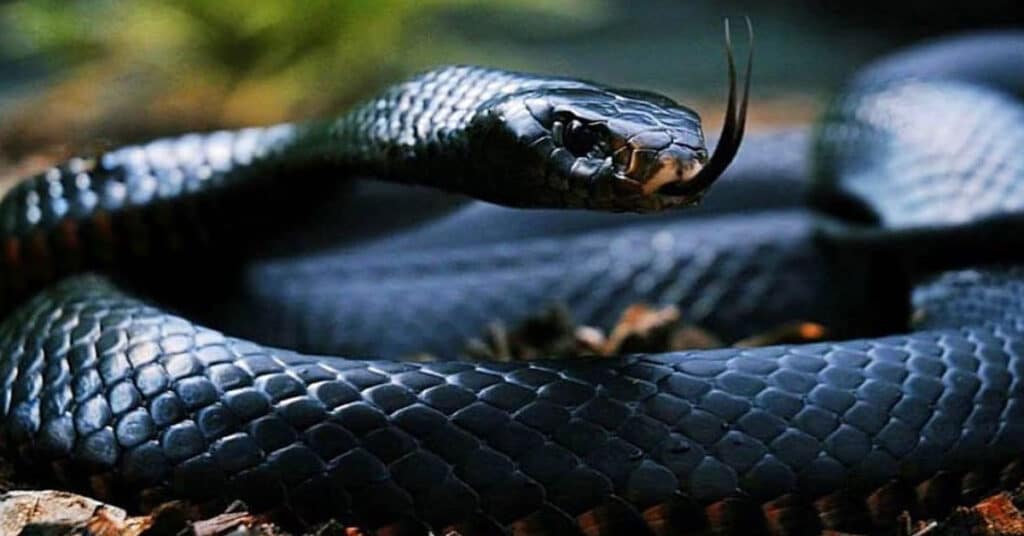
Before determining if venomous snakes show emotion, we need to clarify what constitutes an emotion from a scientific perspective. Emotions typically involve subjective experiences (feelings), physiological responses (like changes in heart rate), behavioral components (visible actions), and cognitive elements (mental processes). While humans can report their subjective experiences, researchers studying animals must rely on observable behavioral and physiological indicators. Some scientists distinguish between primary emotions (fear, anger, pleasure) and secondary, more complex emotions (jealousy, guilt, empathy). The consensus among biologists is that many animals experience primary emotions, though the complexity and subjective experience may vary greatly across species. This framework helps us approach the question of snake emotions with greater precision and avoid anthropomorphizing their behaviors.
Fear Responses in Venomous Snakes
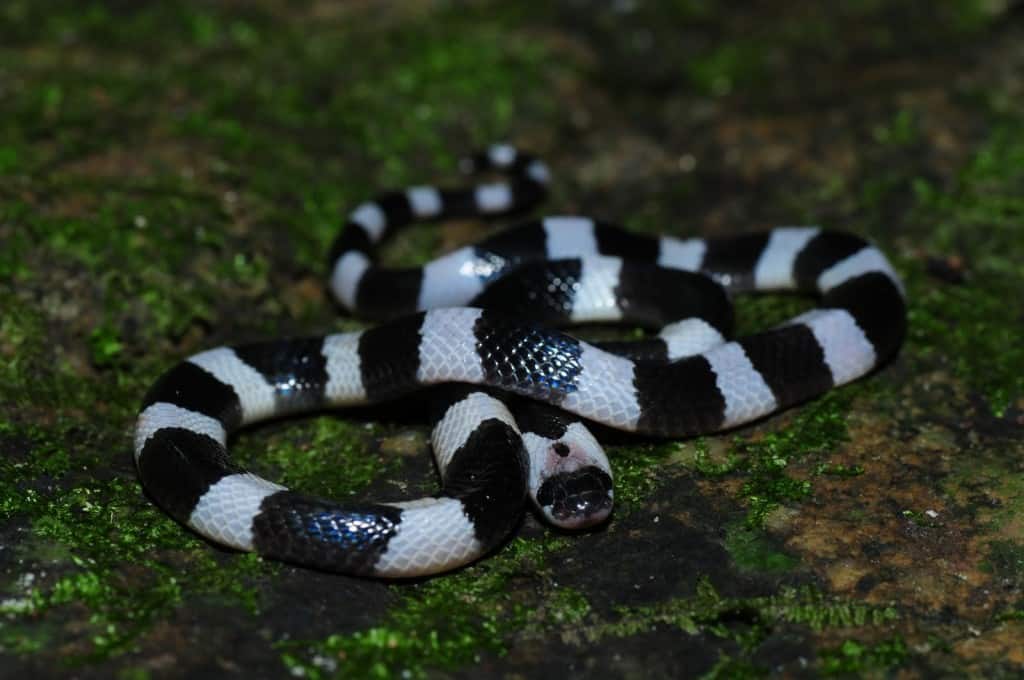
Perhaps the most readily observable emotional-like state in venomous snakes is fear or defensive arousal. When threatened, venomous species display remarkably consistent defensive behaviors: rattlesnakes vibrate their tails, cobras spread their hoods, and many species hiss, strike, or attempt to flee. These responses are accompanied by physiological changes, including increased heart rate, higher metabolic activity, and the release of stress hormones like corticosterone. While these reactions share similarities with fear responses in mammals, the subjective experience likely differs significantly. The snake’s defensive display is primarily an evolved survival mechanism, though this doesn’t necessarily preclude an accompanying internal state that could be considered a primitive form of fear. Researchers note that these defensive behaviors can be modified through experience, suggesting some level of emotional learning occurs.
The Controversy of Anthropomorphism
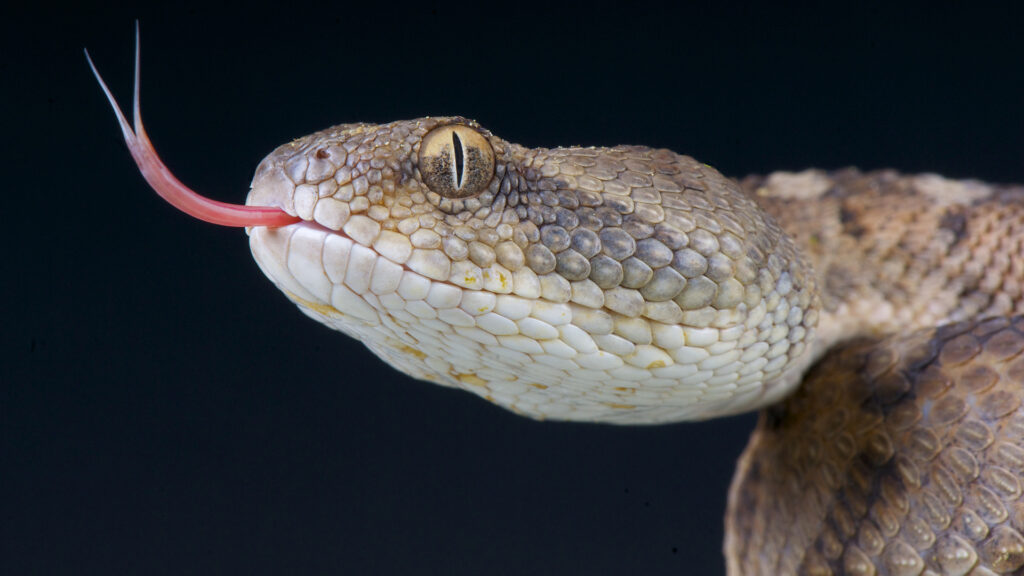
When discussing emotions in non-human animals, particularly reptiles, scientists must carefully navigate the pitfalls of anthropomorphism—attributing human characteristics to non-human entities. Anthropomorphism can lead to misinterpretations of animal behavior by projecting human emotions onto actions that may have entirely different underlying causes. In the case of venomous snakes, behaviors that might appear “angry” or “curious” to human observers may simply be instinctual responses to environmental stimuli with no emotional component as we understand it. However, some researchers argue that a complete rejection of emotional capacity in reptiles may also represent a form of bias, stemming from our difficulty recognizing emotional states that manifest differently from our own. Finding the balance between anthropomorphic projection and recognizing legitimate emotional-like states remains a challenge in reptile cognition research.
Stress and Well-being Indicators
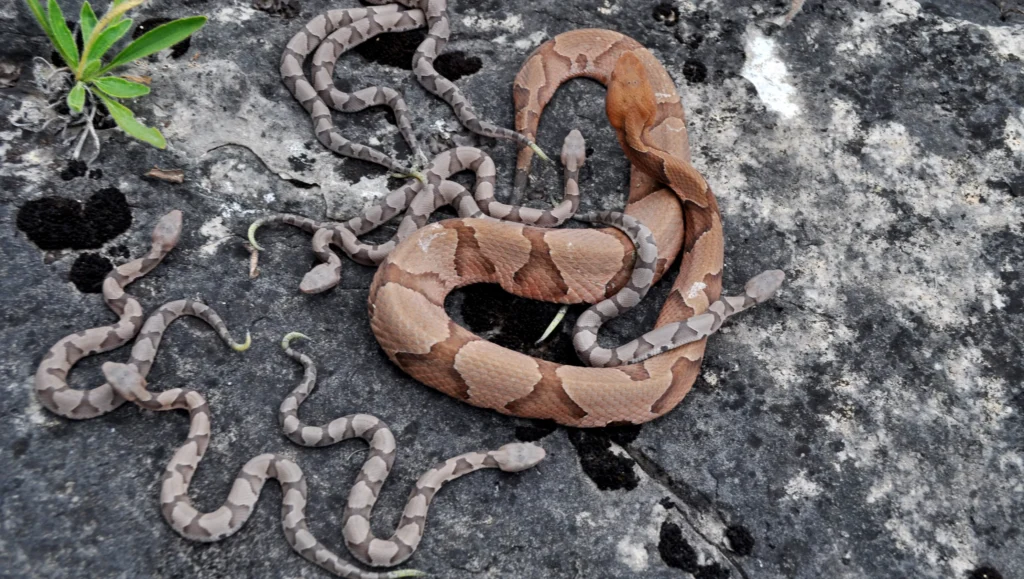
While complex emotions may be difficult to prove in snakes, scientists have documented clear indicators of stress and well-being that suggest some form of affective states. Captive venomous snakes display recognizable signs of stress including reduced feeding, increased defensive behaviors, abnormal locomotion patterns, and elevated stress hormone levels. Conversely, snakes provided with appropriate environments show indicators of well-being such as normal feeding, exploration, thermoregulatory behaviors, and healthy reproductive cycles. These states may not represent emotions in the human sense but indicate that snakes experience negative and positive internal states that influence their behavior and physiology. Some researchers argue these states constitute primitive forms of emotion, as they drive the snake toward beneficial conditions and away from harmful ones, serving similar functions to emotions in more cognitively complex animals.
Social Behavior and Potential Emotional Responses
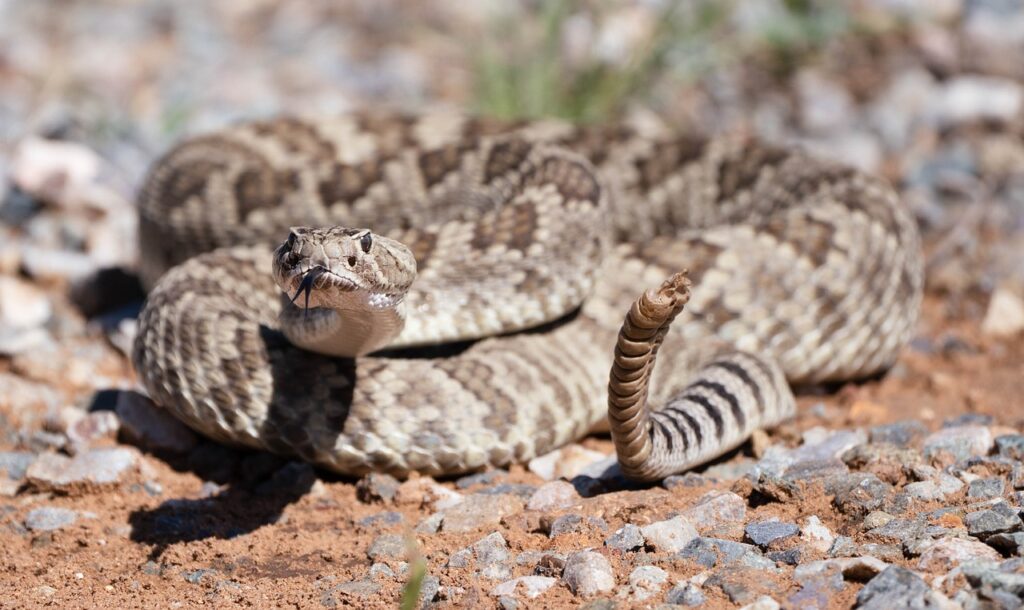
While many venomous snakes are primarily solitary, certain species exhibit social behaviors that hint at more complex internal states. Rattlesnakes, for instance, often den together during winter months, with research suggesting they can recognize related individuals and show preferences for associating with familiar snakes. Female rattlesnakes may remain with their young for several days after birth, displaying what some researchers interpret as a primitive form of parental care. Other venomous species like king cobras build nests and guard their eggs until hatching. These behaviors, while likely driven primarily by instinct, suggest the possibility of rudimentary social recognition and preference formation. Whether these behaviors involve emotional components remains uncertain, but they demonstrate that snake cognition may be more sophisticated than previously assumed.
Learning, Memory, and Emotion
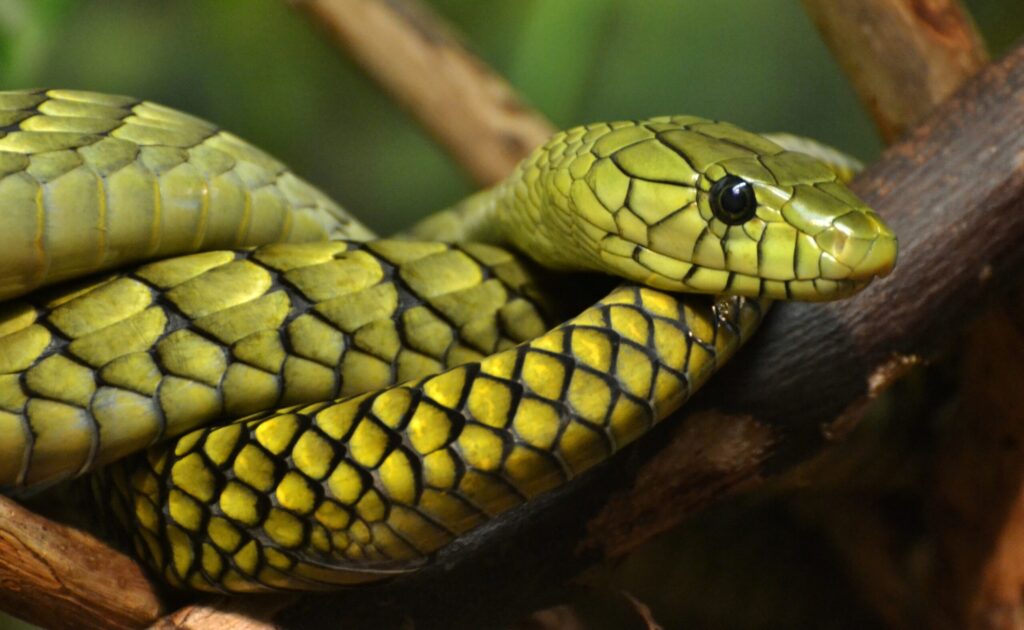
Venomous snakes demonstrate significant learning and memory capabilities, which may intersect with basic emotional states. Studies have shown that various venomous species can learn to associate certain stimuli with positive or negative outcomes, a process known as classical conditioning. For example, rattlesnakes can learn to avoid certain prey items that previously made them ill, while recognizing and preferentially targeting prey they’ve successfully consumed before. Captive venomous snakes often learn to recognize their keepers and show different responses to familiar versus unfamiliar humans. This capacity for learning suggests that snakes form associations that influence their future behavior, which some researchers argue must involve primitive emotional states that “tag” experiences as positive or negative. Without some form of affective response, it’s difficult to explain how snakes determine which stimuli to approach and which to avoid beyond pure instinct.
Individual Personality Differences

Emerging research suggests that venomous snakes, like many other animals, display individual personality differences that remain consistent over time. Some rattlesnakes consistently show higher defensive aggression than others of the same species under identical conditions, while others may be naturally more exploratory or shy. These individual differences persist even when factors like size, age, and sex are controlled for, suggesting inherent temperamental variations among snakes. Such personality differences have been documented across multiple venomous species, including cobras, vipers, and elapids. The existence of consistent individual behavioral traits hints at underlying emotional or motivational states that differ between individuals, though the nature of these internal states remains a subject of scientific debate. These findings challenge the notion that reptiles are merely “programmed” with identical responses and suggest a level of individual complexity previously underappreciated.
Pleasure and Positive States
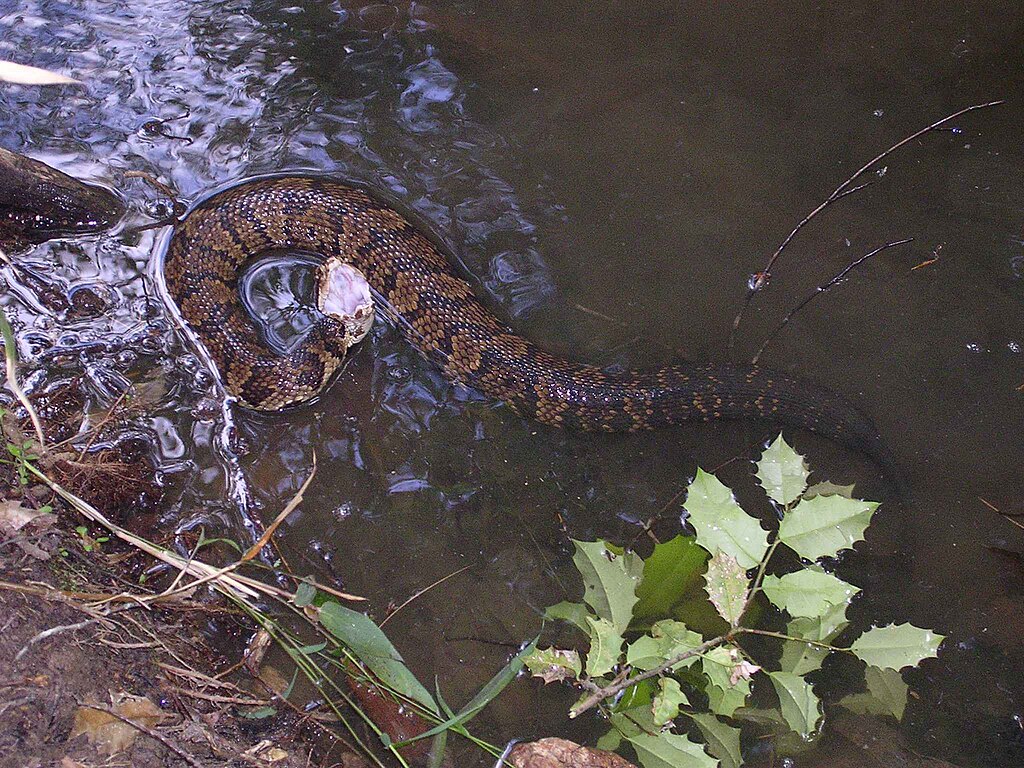
While negative emotional states like fear are more readily observable in venomous snakes, evidence for positive emotional states is more subtle but present. Snakes clearly seek out preferred environmental conditions, such as optimal temperature gradients and secure hiding places, and appear to enter relaxed states when these needs are met. Feeding responses in venomous snakes involve complex behavioral sequences that some researchers interpret as including anticipation and satisfaction components. Certain tactile stimulations, such as gentle pressure that mimics the support of substrate, appear to induce relaxation responses in many snake species. While we should be cautious about interpreting these behaviors as “happiness” or “pleasure” in the human sense, they suggest that snakes experience positive internal states that reward behaviors beneficial to their survival and well-being.
The Role of the Limbic System
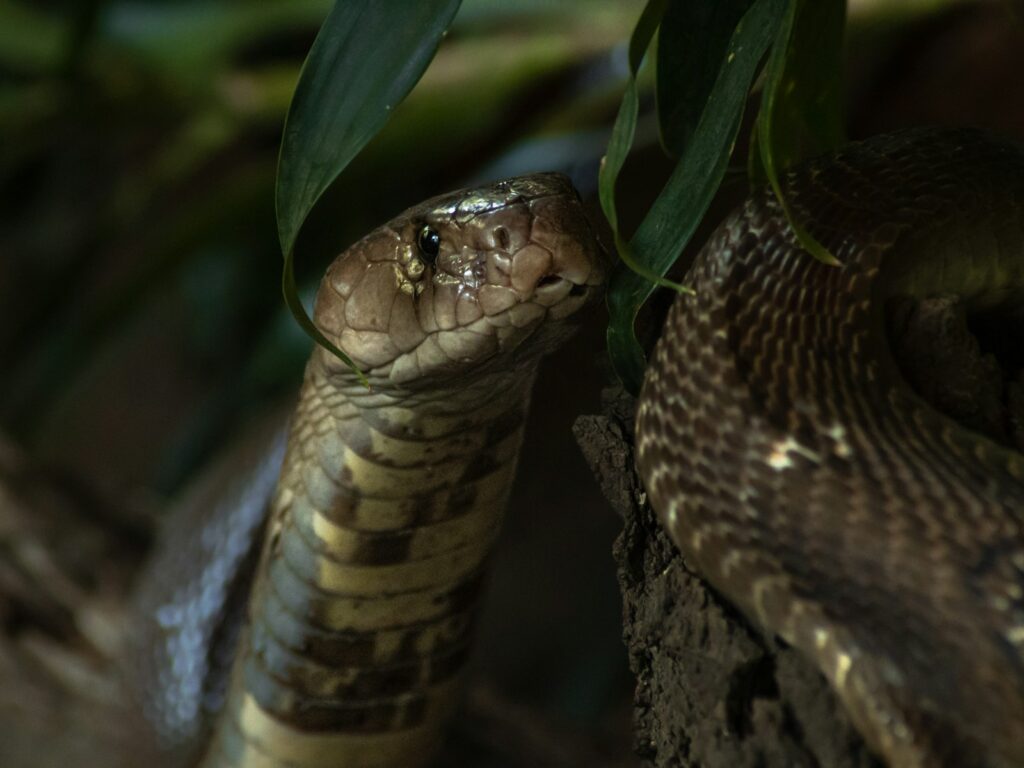
Despite differences in brain structure, venomous snakes possess a limbic system with some similarities to the mammalian emotional processing network. The snake’s amygdala, though structured differently from mammals, appears involved in processing threatening stimuli and initiating defensive responses. Other limbic structures show activity patterns that correlate with various behavioral states, from hunting to resting. Recent neurobiological studies utilizing advanced imaging techniques have revealed more complexity in reptile brain function than previously recognized. While the reptilian limbic system lacks the elaborate connections seen in mammals, it provides the neural machinery necessary for basic emotional processing. These findings suggest that while snake emotions may be simpler and less nuanced than mammalian emotions, the fundamental neural circuits for experiencing primitive emotional states do exist in the venomous snake brain.
Evolutionary Perspective on Snake Emotions
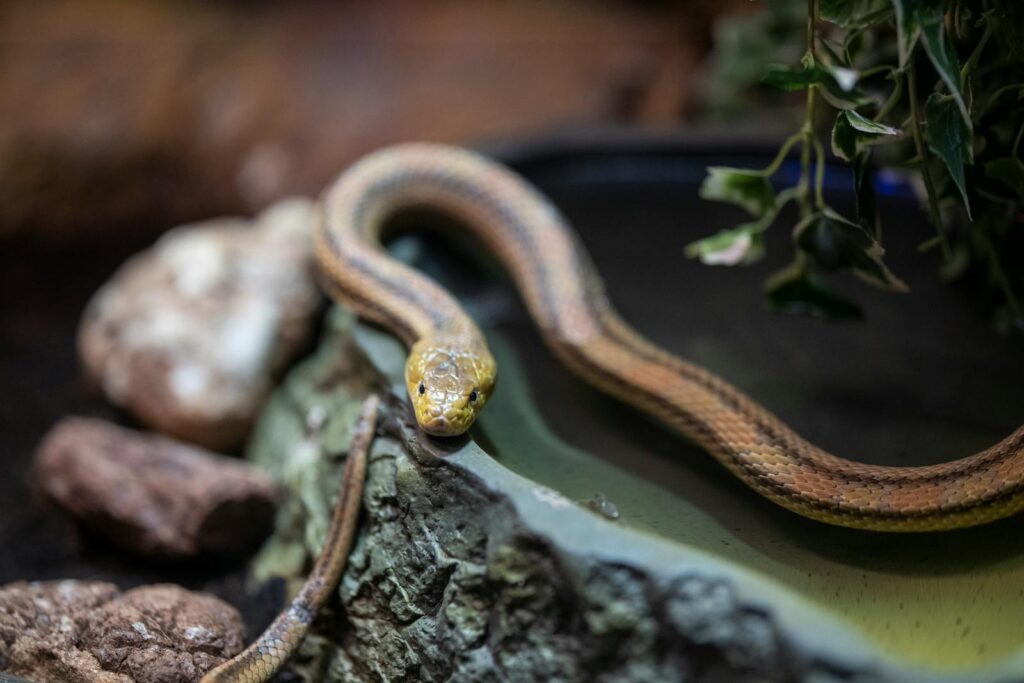
From an evolutionary standpoint, basic emotional systems likely evolved in early vertebrates before the divergence of mammalian and reptilian lineages. Emotional states serve critical survival functions, helping animals approach beneficial stimuli and avoid dangers—a fundamental requirement for any complex organism. The common ancestor of reptiles and mammals likely possessed rudimentary emotional systems that were subsequently elaborated differently in each lineage. In mammals, emotions became more complex and intertwined with social cognition as species became increasingly social. In reptiles like venomous snakes, emotional systems may have remained more tightly focused on immediate survival needs due to their primarily solitary lifestyles. This evolutionary perspective suggests that while snake emotions probably differ significantly from human emotions in complexity and subjective experience, they likely share evolutionary origins and core functions with the basic emotional systems of mammals.
Implications for Snake Welfare
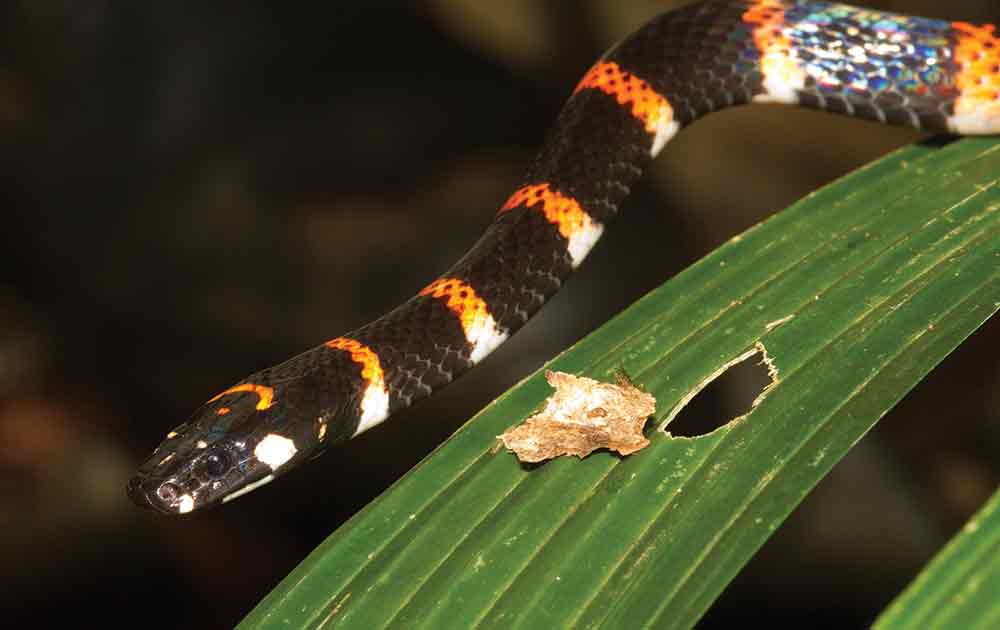
Understanding the emotional capabilities of venomous snakes has significant implications for their care in captivity and conservation in the wild. If snakes experience stress, fear, and potentially positive states, then ethical considerations suggest we should minimize negative experiences and promote positive ones. In captive settings, this means providing appropriate environmental complexity, temperature gradients, hiding spaces, and minimizing handling to reduce stress. For conservation efforts, it suggests that habitat preservation should consider not just physical requirements but behavioral and psychological needs of snake populations. Some researchers argue that acknowledging the possibility of emotions in reptiles could shift public perception and increase support for conservation measures. As our understanding of reptile cognition advances, snake welfare standards may need to evolve to better accommodate the emotional lives of these animals, however different they may be from our own.
Future Research Directions
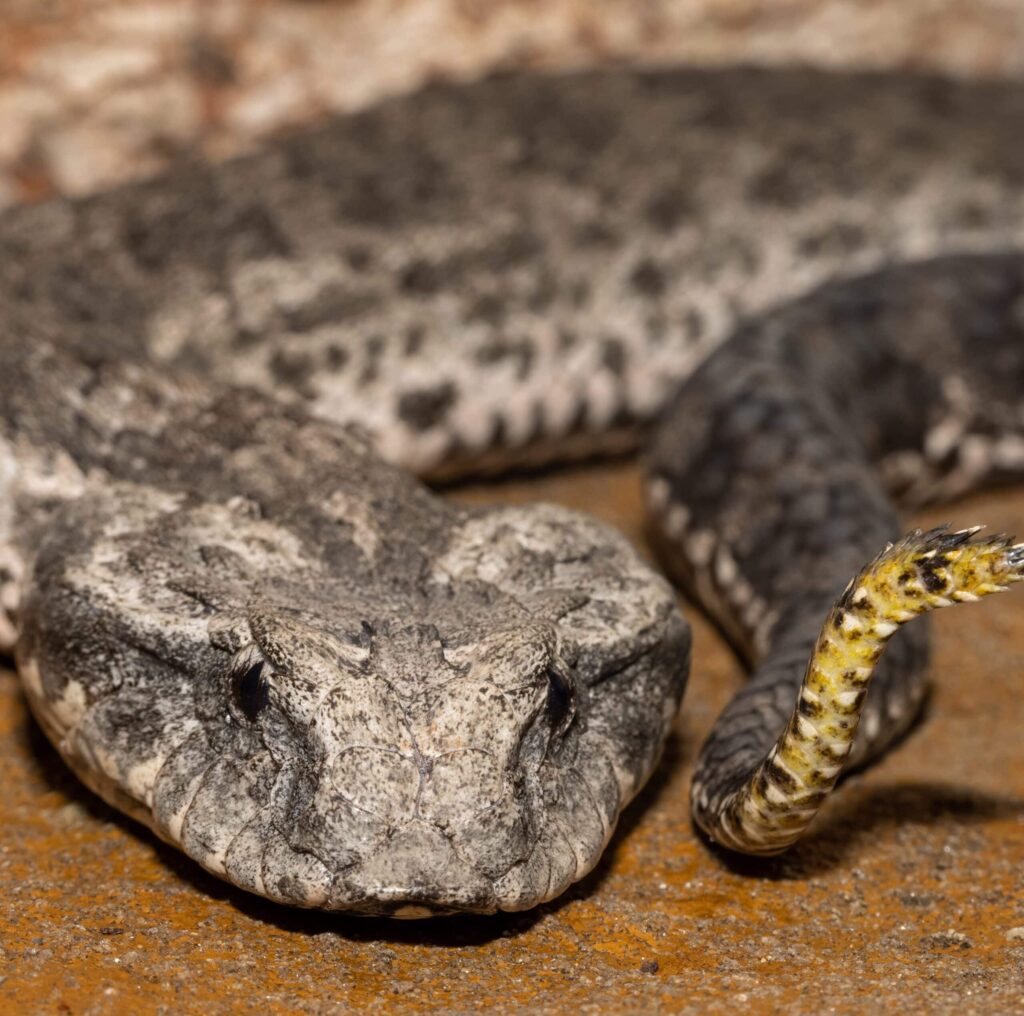
The question of emotions in venomous snakes remains open, with many exciting research avenues to explore. Advances in non-invasive neuroimaging techniques may allow scientists to better understand brain activity patterns in snakes during various behavioral states. Systematic studies of preference and avoidance behaviors could reveal more about what snakes find rewarding or aversive beyond basic survival needs. Longitudinal research tracking individual snakes over time could further illuminate personality traits and emotional learning. Comparative studies across different snake species with varying social structures might reveal how sociality influences emotional complexity in reptiles. As research techniques improve and our understanding of non-mammalian cognition expands, we may develop new frameworks for understanding emotions that better accommodate the alien yet fascinating mental lives of creatures like venomous snakes.
The question of whether venomous snakes experience emotions doesn’t have a simple yes or no answer. While snakes clearly lack the complex emotional repertoire of humans and other mammals, scientific evidence suggests they experience basic internal states that serve similar functions to emotions—driving them toward beneficial stimuli and away from threats. Their behaviors show individual variation, learning capabilities, and responses to stress that hint at an inner life more complex than pure instinct. The emotional experiences of snakes likely differ dramatically from our own, taking forms we may struggle to recognize or understand. Rather than asking if snakes have emotions identical to ours, perhaps the more meaningful question is how these remarkable animals experience their world through their own unique sensory and cognitive systems. As research continues, we may develop a richer understanding of snake cognition that neither anthropomorphizes their experiences nor dismisses their capacity for internal states that, while alien to us, constitute the emotional landscape of these fascinating predators.

